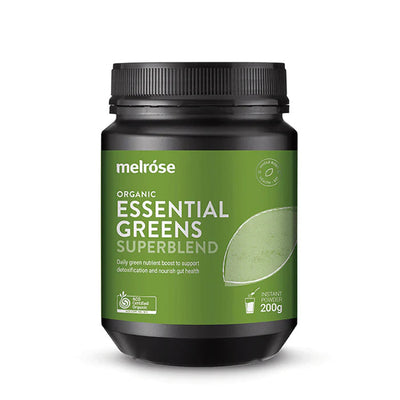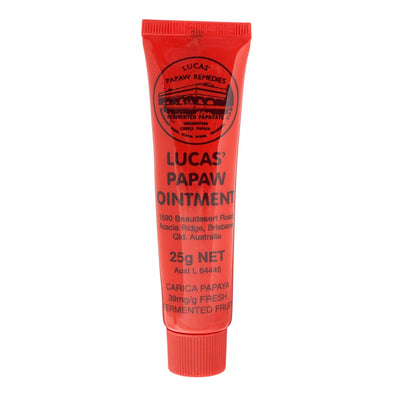Nappy Rash: What, When & How
Nappy rash is a very common skin condition. It happens when the skin on your child’s bottom is damaged and irritated.
The main cause of nappy rash is wearing a wet or dirty nappy for too long. This is because your child’s skin can be irritated by a chemical called ammonia, which is in wee and poo. The dampness of wee and poo can be irritating too.

Constant moisture from urine (wee) and faeces (poo) and friction from materials (e.g. cloth and disposable nappies) cause damage to the skin.
In some cases, the skin can be further irritated by bacteria, yeasts (e.g. candida or thrush), detergents or nappy wipes.Most of the time nappy rash can be easily treated and cleared within a couple of days.

The skin on your child’s bottom and genitals will look inflamed and sore. On children with darker skin, the inflammation might look brown, purple or grey. On children with lighter skin, the inflammation might look red. Some areas of skin might be raised or swollen, and there might be breaks in the skin. These breaks are called ulcers.

Most Nappy rashes can be treated quite quickly. The aim of nappy rash treatment is to repair the damaged and irritated skin and protect it from any dampness and friction that might cause more damage.
1. Change your baby’s nappies frequently
Frequent nappy changes keep the nappy area dry and give your child’s skin a chance to heal. Check your child every hour or so to see whether their nappy is wet or soiled. Change wet or soiled nappies straight away.
2. Clean your baby’s skin
Use lukewarm water and cotton wool or a light cotton cloth to gently clean your baby’s skin after each nappy change.When you bath your baby, use a gentle, soap-free wash. Pat your baby’s skin dry and gently apply a simple moisturiser.

3. Use a protective cream after each nappy change
Apply a simple, cheap barrier cream at every nappy change. You could use a zinc cream or a petroleum jelly like Vaseline. You can get these creams from a supermarket or your pharmacy without a prescription. You should apply the cream thickly enough to create a barrier that stops wee and poo from getting onto the skin. You’ll know you’re putting the cream on thickly enough if you can still see some of the cream at the next nappy change.
4. Nappy-free time
Give your baby nappy free time each day for as long as possible, this helps the pores breathe and the skin recover.To allow air to circulate freely and reduce friction, you could also fasten your baby’s nappy loosely or use a larger nappy.

5. Use disposable nappies
If your child has sensitive skin using disposable nappies can be a big help, as they are designed to absorb more moisture. If you regularly use cloth nappies, consider switching to disposable nappies for a short time until the rash has healed.
if all the above are followed your babies nappy rash should dissapear quickly. If it persists and does't clear up quickly (within 2 days) then see a doctor.










Leave a comment